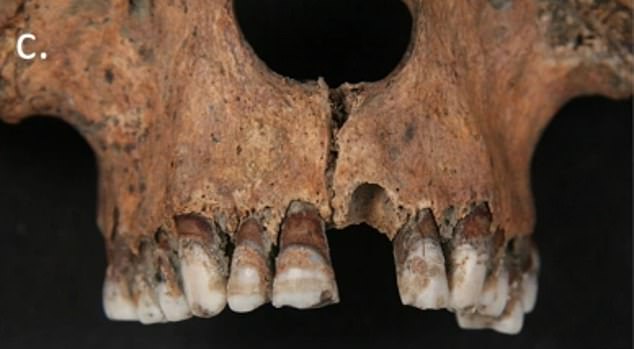‘Lovers of Modena’ Buried Hand-in-Hand Turn Out to Be Men
The investigators have shown that a skeleton couple found holding their hands at a tomb in Italy were both men.
When it was discovered in Modena’s Ciro Menotti cemetery in 2009, the skeletons made global headlines.
Their gender could not be determined because it was poorly preserved but it was widely believed that they were a man and a woman.
The University of Bologna and Modena researchers rejected that presumption by testing proteins in their tooth enamel and finding a peptide present only in men in both cases.
But researchers have been able to test proteins on tooth enamel using a new technique to reveal that male skeletons of the 4-6 th century AD are male.
The relationship between the pair remains a mystery, however, researchers say the couple was buried hand-in-hand on purpose.
Some suggest the skeletons – who were of similar age – could be related, such as brothers or cousins.
Other researchers claim they could have been soldiers who died in battle and the burial site was a war cemetery.
This is the first time two men have been found buried holding hands, researchers at the University of Bologna revealed in Nature journal.

It is not known if the pair were homosexual, however, it is unlikely that the nature of their relationship would be recognized so clearly by the people who prepared the burial.
‘At present, there are no other burials of this type,’ Study author Federico Lugli told Italy’s Rai news site.
‘In the past several graves were found with pairs of individuals laid hand in hand, but in all cases, it was a man and a woman.
What was the link between the two individuals of the Modena burial, instead, remains for the moment a mystery’.
The new discovery could now help researchers understand ancient funeral practices in Italy.





